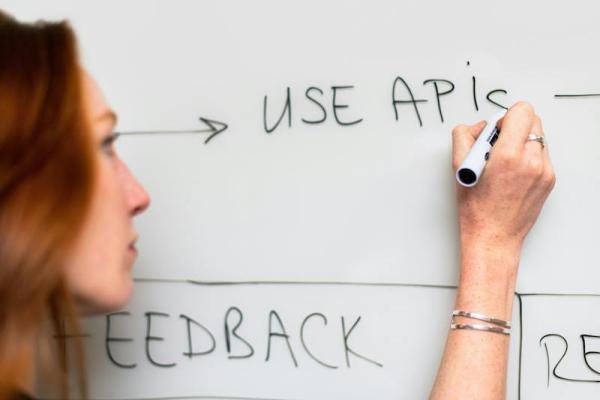Future-Proofing SaaS Products Through Scalable Architecture
Home
Digital Architecture & Tools
Future-Proofing SaaS Products Through Scalable Architecture

Future-Proofing SaaS Products Through Scalable Architecture
Learn how to design SaaS platforms that handle growth, scale efficiently, and adapt to evolving user needs without sacrificing performance.

The Architecture Challenge in SaaS Platforms
Building a SaaS product isn't just about getting it to market—it’s about ensuring it can grow with your users. As usage increases, data grows, and features expand, a poorly designed architecture can lead to bottlenecks, latency, and outages. Scalable architecture is the backbone of any successful SaaS product in today's fast-paced environment.
Key Principles of Scalable SaaS Architecture
To future-proof a SaaS product, developers and architects need to embrace several fundamental principles:
- Microservices Design: Breaking applications into independent services allows for modular scaling, easier testing, and faster deployments.
- Stateless Services: By designing services without persistent local state, horizontal scaling becomes seamless.
- API-First Approach: Exposing core functionality through versioned APIs ensures compatibility and reusability across clients and integrations.
- Multi-Tenant Efficiency: Using shared infrastructure across tenants with careful isolation ensures optimal resource usage and data security.
Future-proofing isn't guessing tomorrow—it’s designing for the unknown with grace.
Choosing the Right Technology Stack
Technology selection plays a vital role in scalability. You need a backend that supports concurrency and modularity, such as Node.js, Laravel, or Go. Frontends benefit from component-based frameworks like React or Vue.js, while databases like PostgreSQL and MongoDB provide flexibility and performance. Consider distributed caching with Redis or Memcached to reduce load and latency.
Operational Considerations
Scalability also extends to operations:
- Auto-scaling Infrastructure: Cloud services like AWS, GCP, and Azure support horizontal auto-scaling based on traffic or load thresholds.
- Monitoring & Alerting: Tools like Datadog, New Relic, and Prometheus provide insights into bottlenecks and anomalies.
- Deployment Pipelines: Continuous integration and delivery (CI/CD) practices allow you to push changes confidently and recover quickly from failures.
Real-World Scenarios
Startups that scale too quickly without architectural foresight often suffer from downtime, inconsistent user experiences, and technical debt. In contrast, platforms that invest early in modular, cloud-native design can absorb traffic spikes, introduce features gradually, and support large enterprise clients without refactoring their core systems.
Conclusion
Future-proofing your SaaS product isn’t optional—it’s an integral part of long-term success. With the right architecture, tooling, and processes, you’ll position your platform to evolve smoothly, support exponential growth, and deliver consistently high performance to all users.
Share this post:
Related Posts

Headless CMS platforms are revolutionizing content management by separating the backend from the fro...

Discover the architectural and operational strategies behind building scalable SaaS platforms—from c...

API-first design is transforming how products are built—enabling faster integrations, greater modula...


